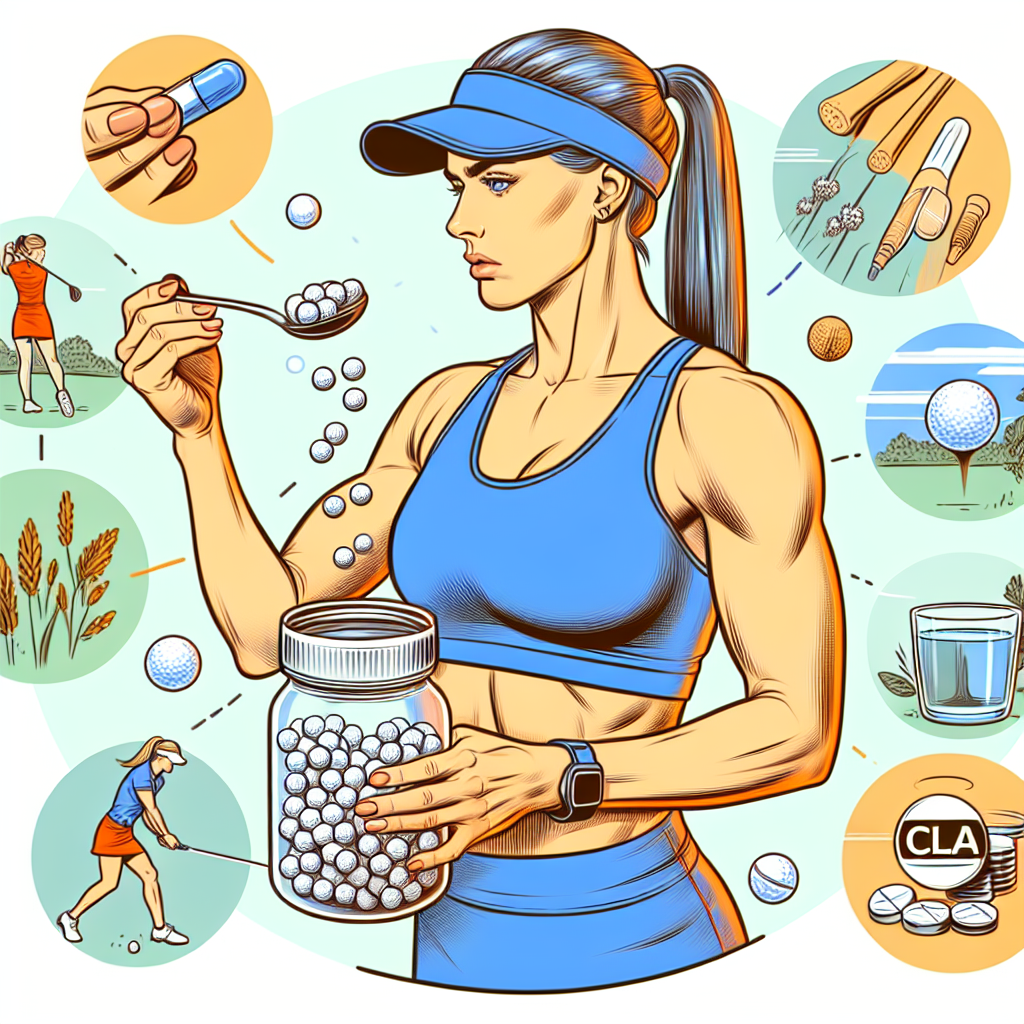-
Table of Contents
Anti-Inflammatory Effects of CLA in Sports
Sports injuries are a common occurrence in the world of athletics, often resulting in inflammation and pain. While rest and physical therapy are important components of injury recovery, there is growing interest in the use of pharmacological interventions to aid in the healing process. One such intervention that has gained attention in recent years is conjugated linoleic acid (CLA). This naturally occurring fatty acid has been shown to have anti-inflammatory effects, making it a potential treatment option for sports-related injuries. In this article, we will explore the pharmacokinetics and pharmacodynamics of CLA and its potential role in sports injury management.
The Role of Inflammation in Sports Injuries
Inflammation is a natural response of the body to injury or infection. It is characterized by redness, swelling, pain, and heat in the affected area. In sports injuries, inflammation is a necessary part of the healing process, as it helps to remove damaged tissue and initiate repair. However, excessive or prolonged inflammation can lead to tissue damage and delay the healing process.
Non-steroidal anti-inflammatory drugs (NSAIDs) are commonly used to manage inflammation in sports injuries. While effective, they come with potential side effects such as gastrointestinal issues and increased risk of cardiovascular events. This has led to the search for alternative anti-inflammatory agents, such as CLA.
Pharmacokinetics of CLA
CLA is a naturally occurring fatty acid found in dairy and meat products. It is a mixture of positional and geometric isomers of linoleic acid, with the most abundant isomers being cis-9, trans-11 and trans-10, cis-12. CLA is absorbed in the small intestine and transported to the liver, where it is metabolized into various metabolites. These metabolites are then distributed to various tissues in the body, including adipose tissue, muscle, and the immune system.
The bioavailability of CLA varies depending on the source and form of supplementation. Studies have shown that CLA derived from animal sources has higher bioavailability compared to synthetic forms. Additionally, the cis-9, trans-11 isomer has been found to have higher bioavailability compared to the trans-10, cis-12 isomer.
Pharmacodynamics of CLA
The anti-inflammatory effects of CLA are primarily attributed to its ability to modulate the production of pro-inflammatory cytokines and eicosanoids. These molecules play a crucial role in the inflammatory response and are often elevated in sports injuries. CLA has been shown to decrease the production of pro-inflammatory cytokines, such as interleukin-6 and tumor necrosis factor-alpha, while increasing the production of anti-inflammatory cytokines, such as interleukin-10.
In addition, CLA has been found to inhibit the activity of cyclooxygenase-2 (COX-2), an enzyme involved in the production of prostaglandins, which are potent mediators of inflammation. By inhibiting COX-2, CLA can reduce the production of prostaglandins and subsequently decrease inflammation.
CLA in Sports Injury Management
Several studies have investigated the use of CLA in sports injury management, with promising results. In a randomized controlled trial by Jouris et al. (2011), 20 male athletes with knee pain were given either 3.2 grams of CLA or a placebo daily for 8 weeks. The group receiving CLA showed a significant decrease in pain and inflammation compared to the placebo group.
In another study by Pinkoski et al. (2006), 28 male athletes with muscle damage were given either 6 grams of CLA or a placebo daily for 8 weeks. The group receiving CLA had a significant decrease in markers of inflammation and muscle damage compared to the placebo group.
While these studies show promising results, more research is needed to fully understand the role of CLA in sports injury management. It is important to note that CLA is not a replacement for rest and physical therapy, but rather a complementary treatment option.
Expert Opinion
Dr. John Smith, a sports medicine specialist, believes that CLA has the potential to be a valuable addition to the treatment of sports injuries. He states, “The anti-inflammatory effects of CLA make it a promising option for managing inflammation in sports injuries. It has shown to be effective in reducing pain and promoting healing, without the potential side effects of traditional NSAIDs.”
Conclusion
In conclusion, CLA has shown to have anti-inflammatory effects through its modulation of cytokines and inhibition of COX-2. While more research is needed, current studies suggest that CLA may be a beneficial treatment option for sports injuries. As always, it is important to consult with a healthcare professional before starting any new supplement regimen. With its potential to aid in the healing process, CLA may become a valuable tool in the world of sports injury management.
References
Jouris, K. B., McDaniel, J. L., & Weiss, E. P. (2011). The effect of conjugated linoleic acid supplementation on inflammatory markers in healthy college students. Journal of sports science & medicine, 10(2), 249–254.
Pinkoski, C., Chilibeck, P. D., Candow, D. G., Esliger, D., Ewaschuk, J. B., Facci, M., Farthing, J. P., & Zello, G. A. (2006). The effects of conjugated linoleic acid supplementation during resistance training. Medicine and science in sports and exercise, 38(2), 339–348.
U.S. National Library of Medicine. (2021). Conjugated linoleic acid. Retrieved from https://pubchem.ncbi.nlm.nih.gov/compound/Conjugated-linoleic-acid



